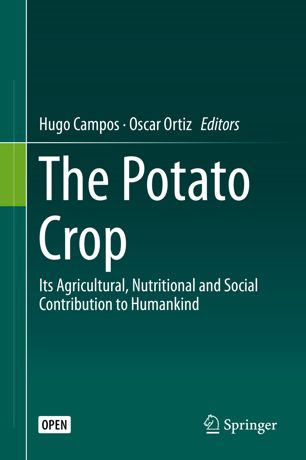Tetraploid potato (Solanum tuberosum L.) is a genetically complex, polysomic tetraploid (2n = 4x = 48), highly heterozygous crop, which makes genetic research and utilization of potato wild relatives in breeding difficult. Notwithstanding, the potato reference genome, transcriptome, resequencing, and single nucleotide polymorphism (SNP) genotyping analysis provide new means for increasing the understanding of potato genetics and cytogenetics. An alternative approach based on the use of haploids (2n = 2x = 24) produced from tetraploid S. tuberosum along with available genomic tools have also provided means to get insights into natural mechanisms that take place within the genetic load and chromosomal architecture of tetraploid potatoes. This chapter gives an overview of potato genetic and cytogenetic research relevant to germplasm enhancement and breeding. The reader will encounter findings that open new doors to explore inbred line breeding in potato and strategic roads to access the diversity across the polyploid series of this crop’s genetic resources. The text includes classical concepts and explains the foundations of potato genetics and mechanisms underlying natural cytogenetics phenomena as well as their breeding applications. Hopefully, this chapter will encourage further research that will lead to successfully develop broad-based potato breeding populations and derive highly heterozygous cultivars that meet the demands of having a resilient crop addressing the threats brought by climate change.
Genetics and cytogenetics of the potato.
Citation: Ortiz R.; Mihovilovich E. 2020. Genetics and cytogenetics of the potato. In: Campos H., Ortiz O. (eds). The Potato Crop. Its agricultural, nutritional and social contribution to humankind. Cham (Switzerland). Springer, Cham. ISBN: 978-3-030-28683-5. pp. 219-247.
2019-12-17
GENETIC RESOURCES, GENETICS, GENOMICS AND CROP IMPROVEMENT SCIENCES GGCI, POTATO AGRI-FOOD SYSTEMS, POTATOES
book_chapter

